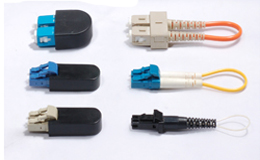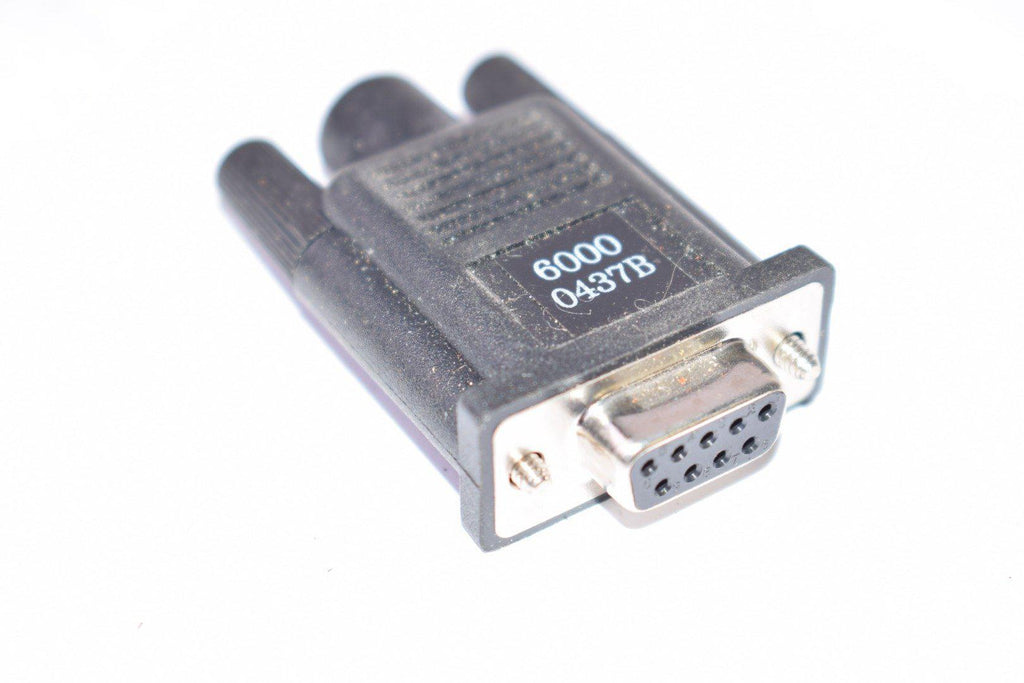

Cable Description: This is a male V.35 (M/34) connector with shell.
#LOOPBACK PLUG DRIVER#
UnixWare, or Solaris (AccelePort driver only) root prompt, type: dpa From the root prompt of AIX (RealPort only). Primary Application: The loopback plug is a diagnostic tool used for looping data back to the DCE and can be used for V.35 interfaces that utilize a V.35 (M/34) connector. A brand new LoopBack core to deliver great extensibility and flexibility written in TypeScript/ES2017. It is helpful when troubleshooting and running tests with DS1 test equipment. LoopBack 4 A highly extensible Node.js and TypeScript framework for building APIs and microservices.
#LOOPBACK PLUG WINDOWS 10#
I cannot get it to work on my Windows 10 computer (Windows 10 Pro 64bit all updates). Now take the second pair of you wire and insert one end into pin 2. Bend that name wire over and insert the other end into pin 4. Take one side of your wire and insert it into pin 1 on the RJ45 plug. The pin-out for a T1 loop back is pin 1 to pin 4 and pin 2 to pin 5. it is, on back in only says Model: PMUSB02. Next you will need an RJ45 crimp on plug and a RJ45 crimping tool. Sometimes there are problems with the 'digital loopback' of the NIU. I have one of your USB 2.0 Loopback Plug that I bought years ago (30 April 2004, Order : U5729799). The loopback function is a convenience for Telco, some provision it others do not. The Parallel Port external loopback testing requires a D25 parallel port loopback plug wired as. The RJ48X wiring arrangement and equipped Modular Jack provides a physical loopback when the Modular Plug is removed.


#LOOPBACK PLUG SERIAL#
The connections for D25 and D9 serial ports are shown here. In the case of Ethernet 10BaseT and Fast-Ethernet 100BaseT only two data communication circuits are used, Pins 1 and 2 for Transmission (TX + and TX-) and Pins 3 and 6 for Reception (RX + and RX-). The loopback plug is shipped with Digi products and resembles a 'dead-end' connector or simply a connector without a cable. The Serial Port external loopback testing requires a loopback plug. In Ethernet to create a loop we must connect the output or transmission gate (TX) with the input or reception (RX) door of the same device, so that the signal transmitted by TX is received directly by RX without going through a communications infrastructure. A loopback plug or connector in addition to testing electronics allows us to “trick” and make it see that our device is connected to the cable, so we can work in laboratory environments and communications applications that need to have an active connection and be connected to the physical interface, even if we do not have a real network.


 0 kommentar(er)
0 kommentar(er)
